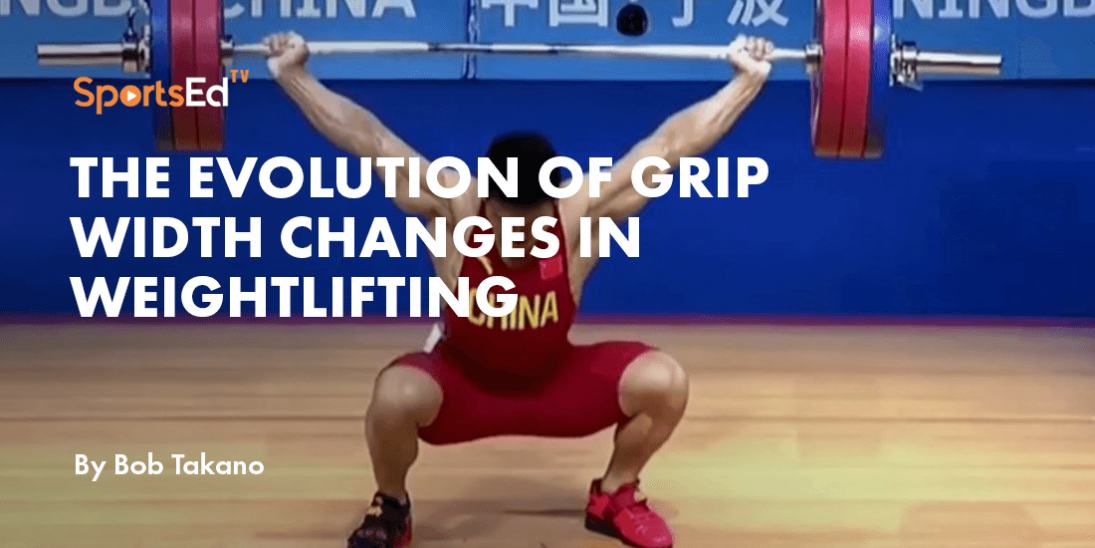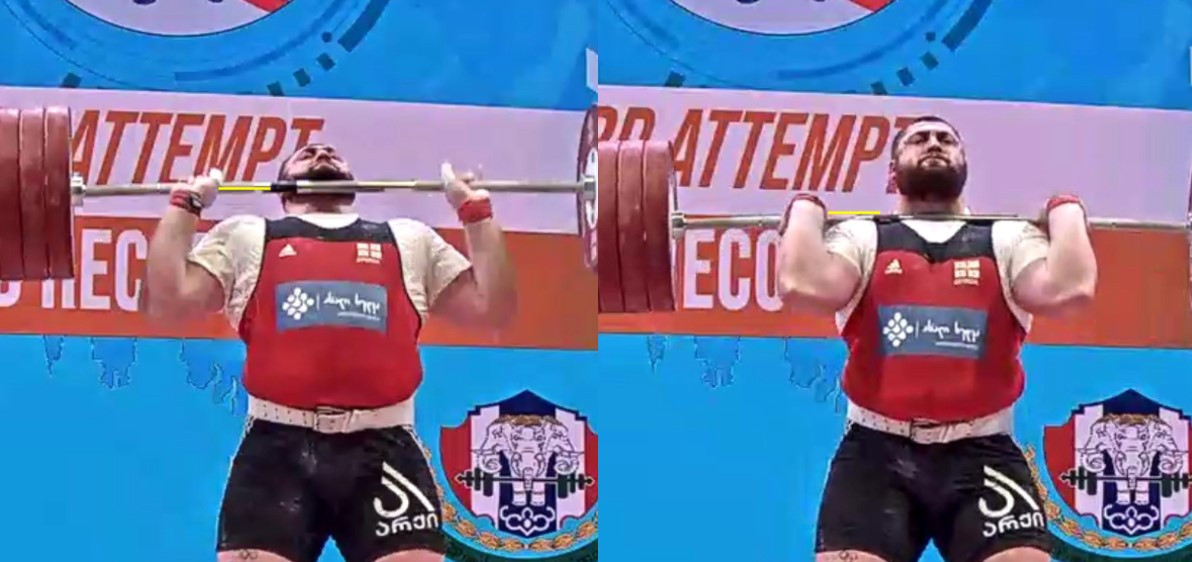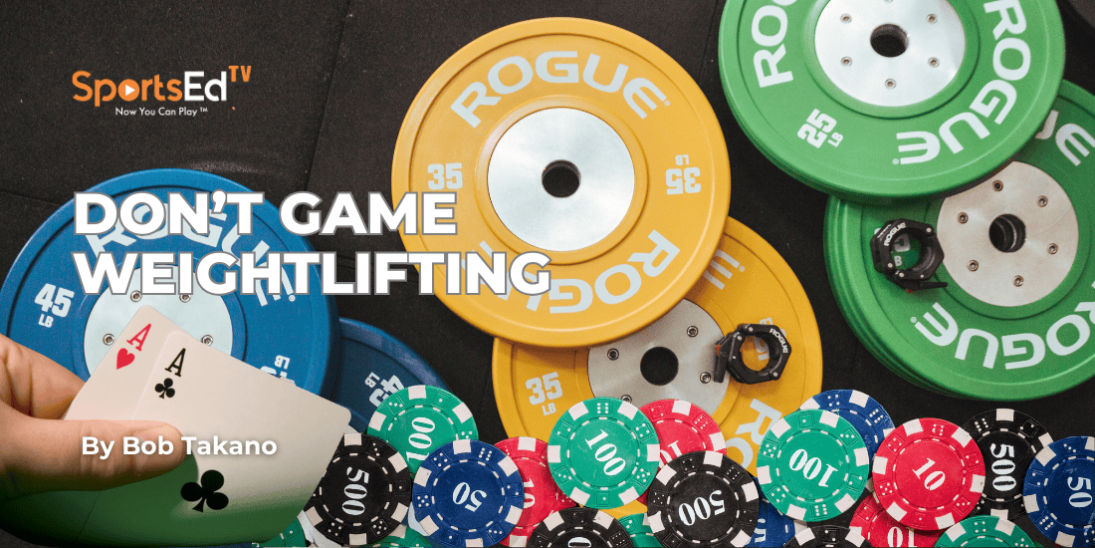Weightlifting
Welcome and thanks for visiting...

The Evolution of Grip Width Changes in Weightlifting

For decades, the IWF disallowed any changing of the grip width during the course of the performance of either the snatch or clean & jerk. At one point, lifters were allowed to change the grip width after the cleaning and before the commencement of the press. I remember that the no-width change rule was in place as I watched Kevin Winter, a 90 kg lifter from the U.S., move his grip out in the snatch as he descended under the bar. This was in the 1980s, and he was not cited for an infraction. So, the rule change took place sometime later. Modern-day lifters can actually take advantage of moving the grip out (or in) during the performance of the modern biathlon, and some excellent lifters have.
The Role of Grip Width in the Snatch
Impacts of Grip Width During the Snatch Pull: A narrower grip (as determined by the scarecrow method) will enable the athlete to effectively use the arms to keep the bar moving in a vertical trajectory as opposed to looping out away from the body. This will also enable the bar to travel more quickly.
Advantages and Cautions of Changing Grip Width During the Snatch Descent: As soon as the pull is completed, the hands can loosen the grip and move outward to a wider grip. This will minimize the height to which the bar must be pulled. Disadvantages and cautions: The wider grip on the catch will inhibit the athlete from pushing himself or herself under the bar.
The Influence of Grip Width in the Clean
Grip Width Considerations During the Clean Pull: A grip width should be undertaken that will allow the hips to be at the optimal height to execute the pull. An excessively wide grip will require the hips to start the pull from a relatively high position, while a narrow grip will place the hips lower and place more stress on the quads during the first pull.
Importance of Grip Width Adjustments During the Clean Catch: Most lifters subconsciously move the grip width in slightly during the transition from the pull to the catch. This will allow for a more secure racking position with the bar resting on the deltoids, as opposed to being supported by the arms.
Understanding Grip Width Adjustments in the Jerk
Grip Width Changes During the Jerk Drive: The grip width can be changed from the pulling width to the jerking width. The narrower the grip, the higher the elbows during the dip and drive. This will inhibit using the arms in the drive until the bar is even with the top of the head.
Benefits and Drawbacks of Changing Grip Width During the Jerk Drop: The grip can be widened during the drop under the bar, and this will allow the bar to be caught at a lower height. It may prove to be more precarious, however, especially if the full squat is used in the drop-under as opposed to a split.

The Necessity of Experimentation and Coaching in Grip Width Changes
Experimentation with grip widths will eventually lead to an improvement in performance, especially if supervised by a knowledgeable coach. The goal is to increase the percentage of successful competition lifts.
FOR MORE HELPFUL INFORMATION For those in search of the most credible training information based on fifty years of coaching experience, the Takano Weightlifting Coaching Membership is a vast collection of videos and written content touching upon a complete approach to coaching weightlifting. Coaches of beginners and elite athletes will be able to discover helpful content. Check out this link https://takanoweightliftingcoaching.net/vsl-order-formeicq33md to find out more and sign up.








